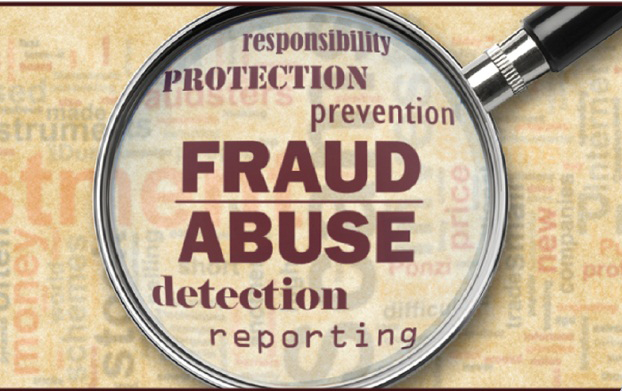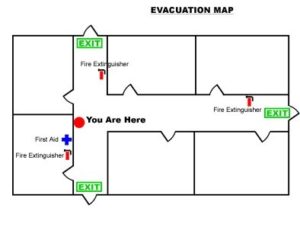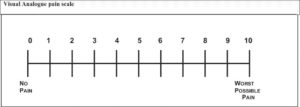
OK, I admit it. Medicare is not the most glamourous topic to write about, nor does much of it pertain to our world of the chiropractic profession as we know it. However with that said, I am doing due diligence for you and fulfilling my duty to inform you of the necessary requirements a Covered Entity must follow (that’s us included!) to keep the Office of Inspector General off our backs and to help you take preventive measures so you’re not sending back reimbursement money you earned from providing patient care.
Because . . . based on my observations in the field – and this is a review for those of you who read our PM&A articles and utilize our library- how many of you know, for example, what a Part C Medicare plan is? How many of you know that all Part C providers are required to undergo annual Fraud Waste and Abuse training?
Second example: How many of you are aware that Medicare, starting in April of this year and going into April of 2019, is sending all of their beneficiaries new ID cards in an effort to do away with social security numbers for the sake of safeguarding identification?
So how do my two examples above directly impact you, your practice, and your bottom line?
Let’s circle back to the first example. A Part C Medicare Plan is known as a Medicare Advantage Plan. It oftentimes covers more services than a straight Medicare plan does. HMO/PPOs such as Humana and Blue Cross Blue Shield have developed their own Medicare Advantage Plans and offer them to their policyholders, your patients. A patient who signs up for an Advantage Plan must also be enrolled in Medicare A (hospital), and Medicare B (outpatient provider services). Medicare Part C providers to date have been required to, annually, undergo what is called Fraud, Waste and Abuse Training. Let’s take each of the three words and define them from the Medicare and Medicaid world.
- Fraud is known intent to deceive in order to collect money from the Medicare program illegitimately.
- Waste is overutilization of services or other practices that, directly or indirectly, result in unnecessary costs to the healthcare system, including the Medicare and Medicaid programs. It is not generally considered to be caused by criminally negligent actions, but by the misuse of office and/or practice resources.
- Medicare Abuse includes practices that result in unnecessary costs to the Medicare program such as over or underutilizing services. You are probably familiar with the Quality of Care initiatives such as MIPS/MACRA and the EHR incentives, implemented to help combat abuse. Common types of abuse include:
- Billing for unnecessary services
- Overcharging for services or supplies
- Misusing billing codes (upcoding) to increase reimbursement*
*Downcoding is also a misuse of billing codes. Stop doing it. Although not intended to increase reimbursement it is a red flag to Medicare, and your services will be questioned as to if they were “medically necessary.”
Back to the training . . . I urge you now to complete this training by the end of December. It is intended for doctors and staff. Download the PowerPoint below, read thoroughly and after completion have each staff and doctor sign off to attest, they read through the PowerPoint. The sign-off can be as simple as logging signatures and completion date in a notebook or a spreadsheet. It is not necessary to print out the PowerPoint. Oh, and many insurance contracts require this training as a contract obligation to be part of their network as well. You can access Medicare’s training PowerPoint here: Fraud, Waste and Abuse
Referring back to the second example of new Medicare cards. You can review our previous article and checklist here: New Medicare Beneficiary Indentifiers to be Assigned Your Patients
Your staff should be asking Medicare patients for their new cards, making a copy, and making sure the address in your practice management program matches the address the Social Security office has on file. If there is a mismatch like the patient has moved and not updated their address, you will have problems getting reimbursed. Make sure your Insurance Profiles in your programs have the new Medicare IDs.
Stay tuned for more helpful articles like this. If you have any questions on the above, contact me! I’m here to help.
Lisa Barnett
920-334-4561
lisa@pmaworks.com
And remember . . .
“The Future Will Be Our Results” (Clarence Gonstead, D.C.)





